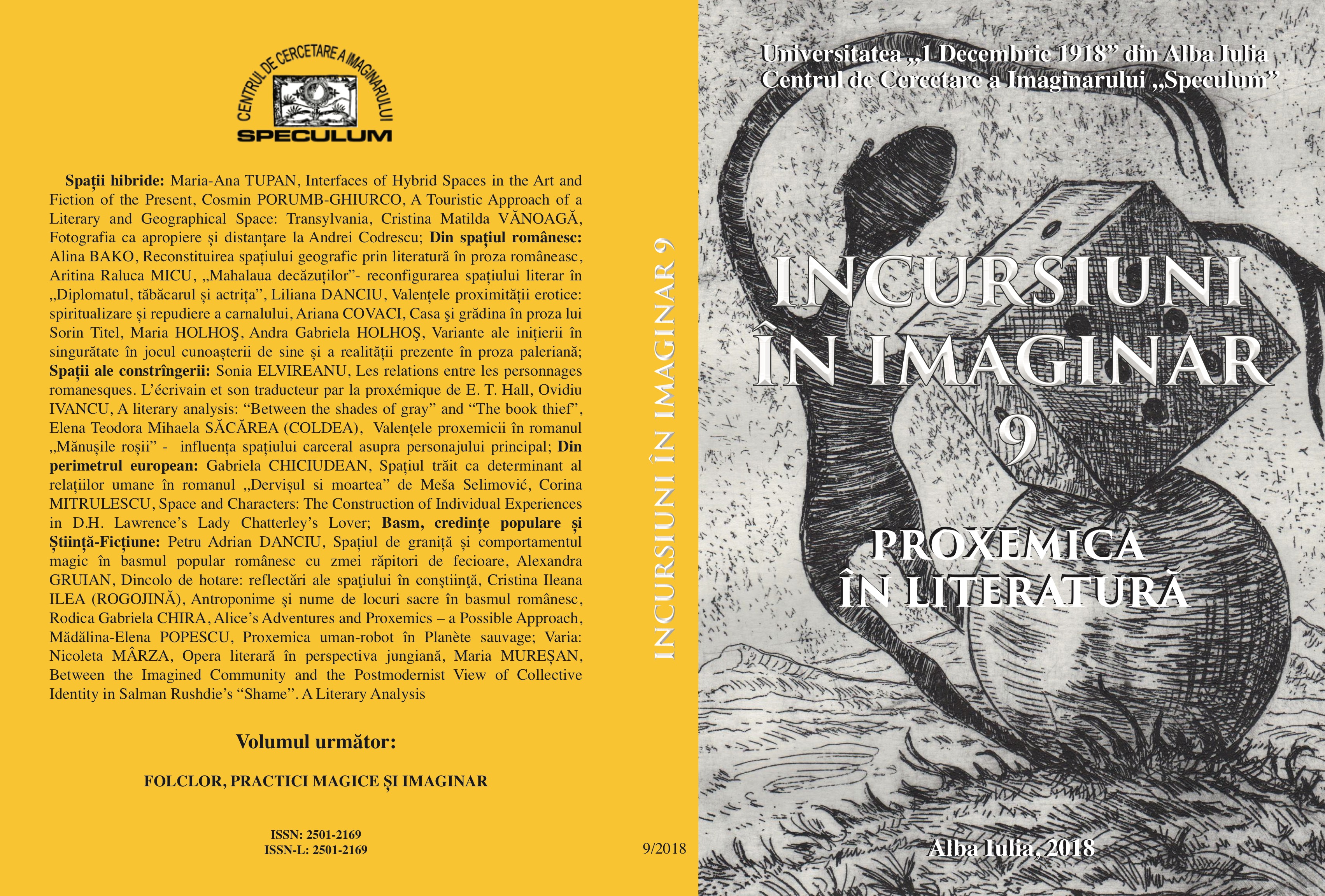Between the Imagined Community and the Postmodernist View of Collective Identity in Salman Rushdie’s “Shame”. A Literary Analysis
Between the Imagined Community and the Postmodernist View of Collective Identity in Salman Rushdie’s “Shame”. A Literary Analysis
Author(s): Maria Elisabeta MuresanSubject(s): Language and Literature Studies, Foreign languages learning, Studies of Literature
Published by: Editura Aeternitas
Keywords: Collective Identity; Salman Rushdie; New Historicism; Historiographic Metafiction;
Summary/Abstract: The present paper succeeds to our theoretical framing of what distinguishes New Historicism from traditional historiography and to a survey of the theoretical positions assumed by the main representatives of this school that has fuelled literary studies since the 80s. This time we are examining thewriting practices drawing on the assumptions of a New Historicist view of the past which bear upon narrative structure, rhetorical devices, character construction and troping. According to Linda Hutcheon, postmodernism is less a period than a poetics or an ideology. Historiographic metafictionis a type of writing that doubles back upon itself, a generic hybrid in its inscribing of both historical and literary intertexts. But it often does so by using the very techniques of modernist aestheticism against themselves. The autonomy of art is maintained; metafictional self-reflexivity even enforces it. But within this seemingly introverted intertextuality another dimension is added through the ironic inversions of parody: art's critical relation to the "world" of discourse and beyond that to society and politics. History and literature provide the intertexts in the novels examined here, but there is no question of a hierarchy, implied or otherwise. They are both part of the signifying systems of our culture. They both make sense of our world. This is one of the lessons of that most commonly practised genre of postmodernism: historiographic metafiction. "Shame” is Salman Rushdie's third novel, published in 1983. It portrays the lives of two historical personages, Zulfikar Ali Bhutto and General Muhammad Zia-ul-Haq, disguised as Iskander Harappa and General Raza Hyder. On the high level of a nation’s history, the professed purpose of the novel is to teach the readership a lesson about overthrowing a dictator. On the level of commoners, it is a plumbing of the collective unconscious affected by such a totalitarian regime: its psychological pressure gives birth to violence. In New Historicist fashion, Rushdie judges the present society against its historical background, producing a hybrid overlay of past and present history. Rushdie interrogates the sense of guilt and of shame that is seen as an heirloom of colonialism. It is precisely thel ack in confidence that comes with a nation’s awareness of its roots, of its past that makes it vulnerable, that induces spiritual paralysis. It is worth noting that the freedom in the treatment of the past does not at all indicate contempt for the past as was the case with the vanguard movements of the last century. New Historicism is a critique of false ideas about history, of political attempts to rewrite the past according to circumstantial interests of th epower system. Rushdie is a master in providing tropes of this lack of authenticity affecting some versions of the past: fading photographs, vanishing ink, empty luggage, and letters instead of meaningful linguistic units.
Journal: Incursiuni în imaginar
- Issue Year: 1/2018
- Issue No: 9
- Page Range: 289-305
- Page Count: 17
- Language: English

